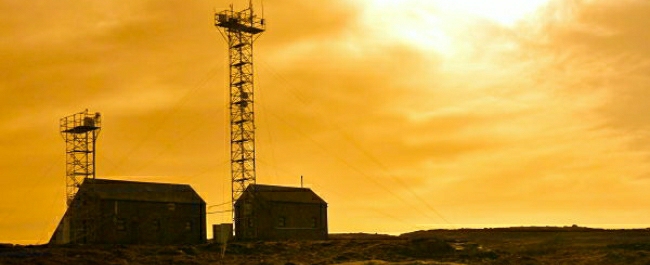Quantifying the greenhouse emissions gap

In 2015 the Paris Agreement stipulated that global warming must be limited to well below 2°C if we are to avoid dangerous climate change. Much of this depends on reducing manmade greenhouse gases.
The challenge
Measuring emissions involves quantifying activities such as burning fossil fuels, agriculture and energy. With 191 countries involved in the Paris Agreement, and the complexity of capturing data from multiple sources, it has proved challenging to track compliance with global regulations.
Inconsistencies in the way countries capture and report levels of methane, the second most powerful greenhouse gas, compound the problem, as revealed by a Bristol study that used surface, satellite and air observations to independently quantify emissions in China, India and the USA.
What we’re doing
Given that the land sector accounts for about a quarter of planned mitigation, researchers in environmental science and policy are investigating how a standardised approach to reporting could provide more accurate data.
Using a combination of sophisticated modelling techniques and state-of-the-art atmospheric measurements, we have also been working with the Department for Energy and Climate Change (DECC) to verify UK emissions estimates.
How it helps
The combined efforts of our researchers, working jointly with the scientific and policymaking community, represent a major step towards narrowing the uncertainties.
Data gathered from state-of-the-art monitoring stations established by our researchers have already been central to World Meteorological Office (WMO) Scientific Assessments of Ozone Depletion and to the Intergovernmental Panel on Climate Change (IPCC) Assessment of Climate Change.
Using measurements from the atmosphere rather than through the cataloguing done by countries has also shown how the accounting process could be made more transparent. Studies of livestock farming have further shown that it’s possible to specifically calculate the environmental impact of individual animals, which could help identify cattle that produce lower emissions.
As well as informing negotiations of future targets, these insights will be key to improving our understanding of the emissions gap worldwide. Ultimately, this could prove a vital step towards counteracting global warming.
Contributors
Dr Matthew Rigby - Reader in Atmospheric Chemistry
Dr Anita Ganesan - NERC Research Fellow
Professor Dudley Shallcross - Professor of Atmospheric Chemistry
Professor Simon O'Doherty - Professor of Atmospheric Chemsitry
 Lead researcher profile
Lead researcher profile
Dr Matthew Rigby, Reader in Atmospheric Chemistry